If you have been following along through my Instagram account, then you know that there's still time to add your fabric pull to the Cabin Spark QAL pool in order to be qualified for the next week giveaway.
You can eventually subscribe to my newsletter but only if you wish to obtain some freebies, coupon codes and news (which can be pretty amazing too☺️).
Cabin Spark quilt-along schedule:
- Week 1, October 24 - Kickoff + Fabric Pull
- Week 2, October 31 - Cutting Party
- Week 3, November 7 - Block Construction
- Week 4, November 14 - Layout + Assembly
- Week 5, November 21 - Quilting + Finish
And here's the video where you can watch me cutting my fabrics!
My favorite thing about this quilt is that it’s a one-block pattern — just a few beautiful log cabin blocks (no extra units needed!), and you’ll have a stunning quilt top in no time. ✨
Log cabins are such a joy to sew! Once you’re organized — especially if you’re working with directional prints, like the centers in this design — the chances of mistakes are minimal, so it’s pure fun from start to finish.
Another great feature is that we’ll use a few handy shortcuts, like flippy corners, to avoid extra seams. This means you’ll get those gorgeous sawtooth stars without the extra fuss, giving your quilt that sparkling finish.
Here are some of my favorite tips to help you cut accurately and make your project shine:
1. Use High-Quality Fabric
Start with good quilting cotton or fabric made for quilting. High-quality fabric not only feels better to work with but also gives your quilt a crisp, professional finish.
2. Wash (optional) and Press Your Fabric
Press your fabrics before cutting to remove wrinkles and sizing. If you’re mixing different fabric types or manufacturers, prewash to avoid shrinkage. Personally, I skip prewashing since I use Art Gallery Fabrics exclusively — their quality is consistent and reliable.
3. Follow the Pattern Instructions
Take a moment to read through the cutting guide carefully — it includes precise measurements and diagrams to help you cut confidently and efficiently.
4. Mind Your Seam Allowances
All my patterns use a standard ¼-inch seam allowance, but I recommend a scant ¼-inch (just a hair under). This helps account for fabric and thread thickness, ensuring your blocks fit together perfectly.
5. Label and Organize Your Pieces
On the last page of the pattern, you’ll find handy labels to cut and attach to your pieces. Staying organized makes the process smoother and much more enjoyable!
6. Cut Strips Before Small Pieces
Start by cutting longer strips first — it helps reduce waste and keeps your pieces accurate. Use your ruler for measuring, not the cutting mat grid, for best precision.
7. Take Your Time
Quilting is a labor of love. Don’t rush — precise cutting now means stress-free sewing later.
8. Practice New Techniques
If you’re new to quilting or testing a new method, try it first on scrap fabric before cutting into your main pieces. A quick test run can save you time and fabric.
And now let see why Fat quarters are great option for this project!
When it comes to log cabin quilts, fabric choice and cutting strategy can make all the difference. Fat quarters (FQs) are such a fantastic option for this project because they offer plenty of variety, yet are also easy to work with when it comes to cutting logs and organizing your blocks.
And speaking of stability and accuracy, we’re coming to one of the most important things about using fat quarters for log cabin blocks:
Fabrics cut along the lengthwise grain (parallel to the selvages) provide greater stability and ensure consistency in size and shape, leading to more accurate and uniform log cabin blocks. This is what I suggest for cutting your “logs.”
Because the lengthwise grain (warp threads, parallel to the selvage) is more tightly tensioned in the weaving process, it offers greater stability and less stretch than the cross-grain (weft threads, perpendicular to the selvage) — meaning pieces cut along the lengthwise grain will keep their shape, size and crisp edges more reliably. In practice, that means when you cut your logs from fat quarters along the lengthwise grain, they’ll perform better — fewer distortions, straighter seams, more consistent blocks. Of course, if you use starch or any spray that stabilizes the fabric, there’s no need to worry about this detail. In that case, you can cut in whichever direction feels right for you.
In the block diagram, you’ll notice colored units — these are meant to help you visualize the logs and see where each one belongs within the block. From every fat quarter you select, you’ll need to cut all the required pieces for that specific fabric color. Later on, you can mix and swap these units across different blocks to add even more variety to your quilt.
Here’s a simple way to organize them:
- Use the labels provided on the last page of the pattern.
- Group the units into five sets, based on log size:
- 6”
- 7.5”
- 9”
- 10.5”
- 12”
Prepare complete sets for each block — this keeps everything tidy and ready for assembly.
Depending on your cutting mat and comfort level, you can cut each FQ individually or layer 3–4 at a time (my favorite method!). I cut all my fabrics into 2” strips across the width, leaving me with extra small strips for future projects.
You’ll find all this info on page 3 of the pattern.
I also cut my centers from the panel to 5” and I will be adding 1” white borders (page 4 of the pattern) to help balance the busier prints. If I had chosen the solid fabrics for logs, I would’t do that. I would have cut the centers to 6” in that case.
Finally the best part: – Mixing & Swapping Logs!
This is where creativity takes over. Mixing and swapping logs among different fabrics brings your quilt to life — creating a dynamic, scrappy look that’s full of personality.
Just keep in mind:
- Double-check that you’ve cut the right number and size of logs for each block.
- Each block needs 12 logs total.
- If your corner stars are light, keep darker fabrics near the corners for contrast — and vice versa. If you’re using dark fabrics for the star corners, avoid choosing darker fabrics for the longer 12” logs. Remember the contrast we talked about in the first week of this sew along!
Please feel free to contact me with any questions, suggestions or comments either here or on Instagram.























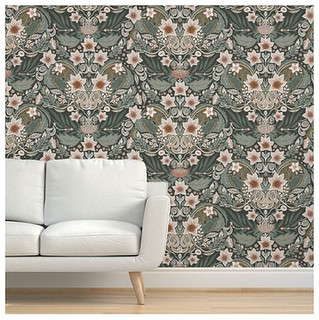







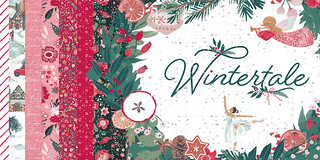



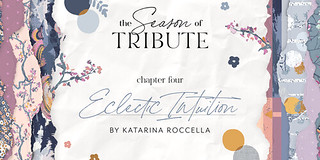
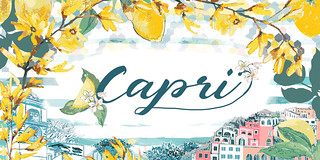
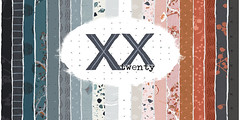


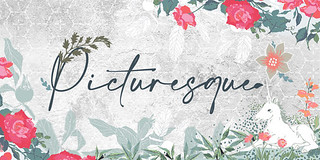


 GRID
GRID
 DECADENCE
DECADENCE
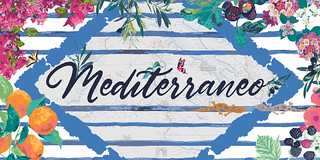


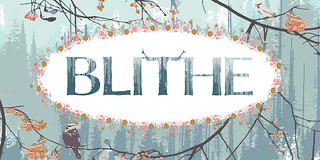

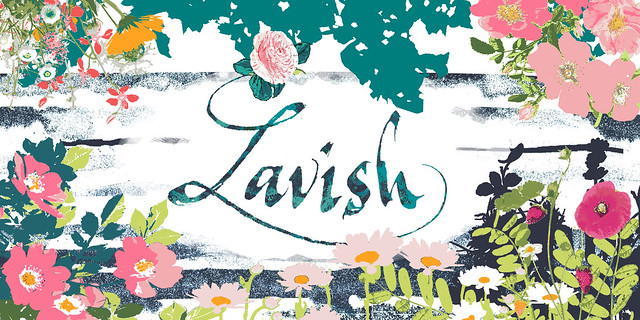
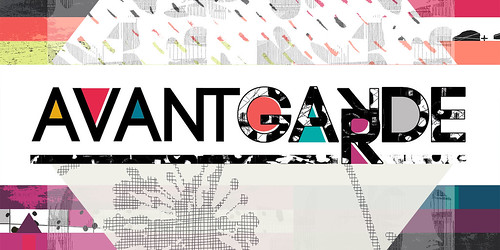

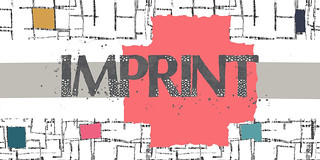


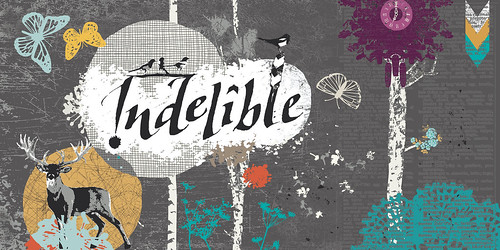







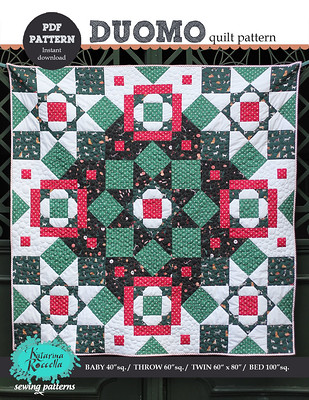
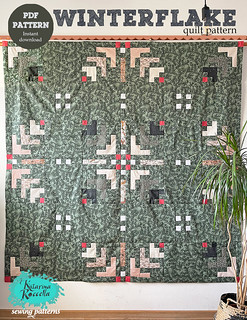
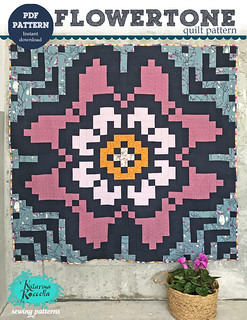




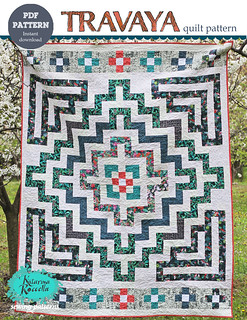

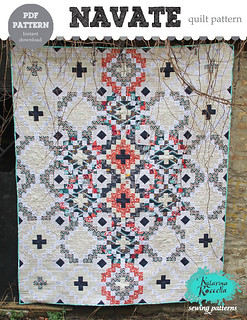
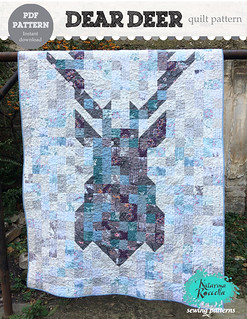


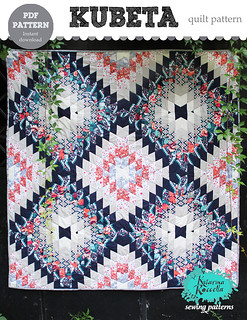

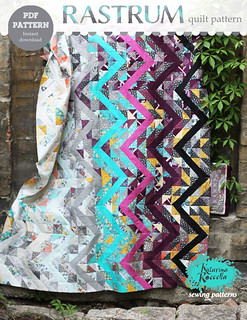
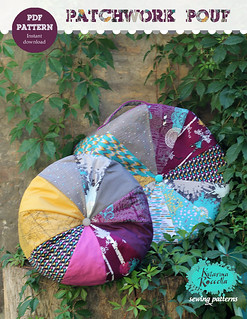
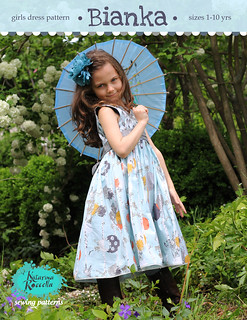
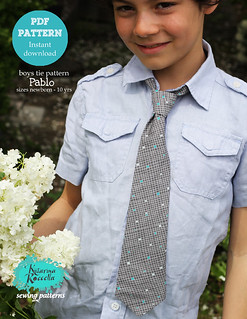



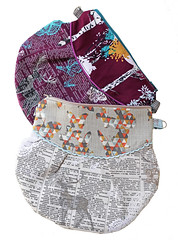
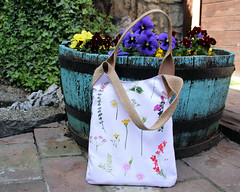










No comments :
Post a Comment